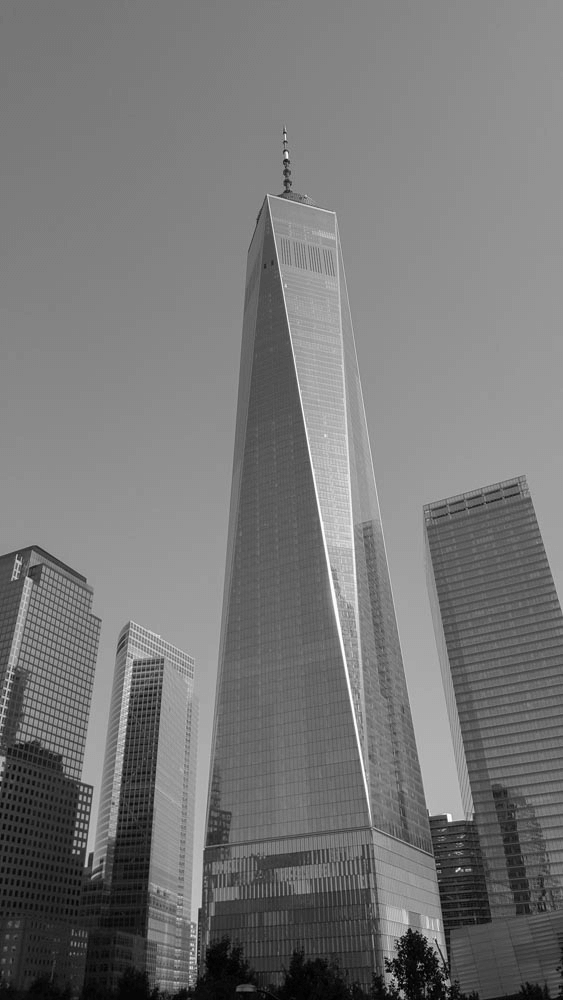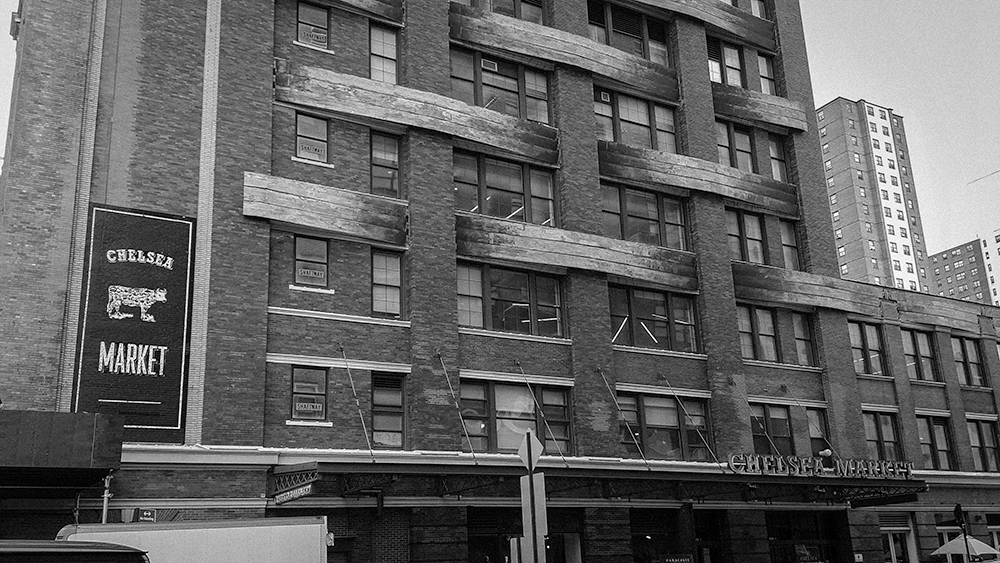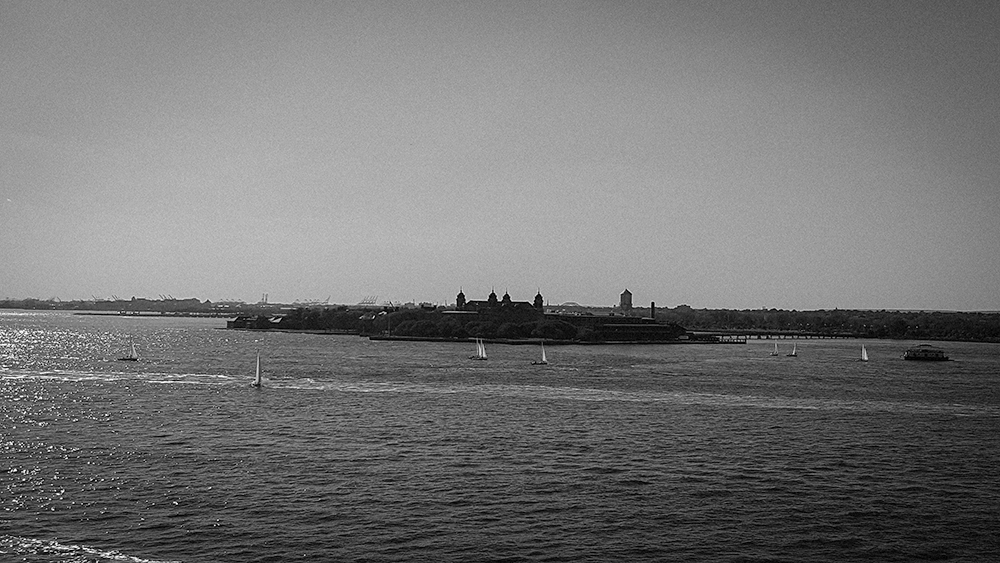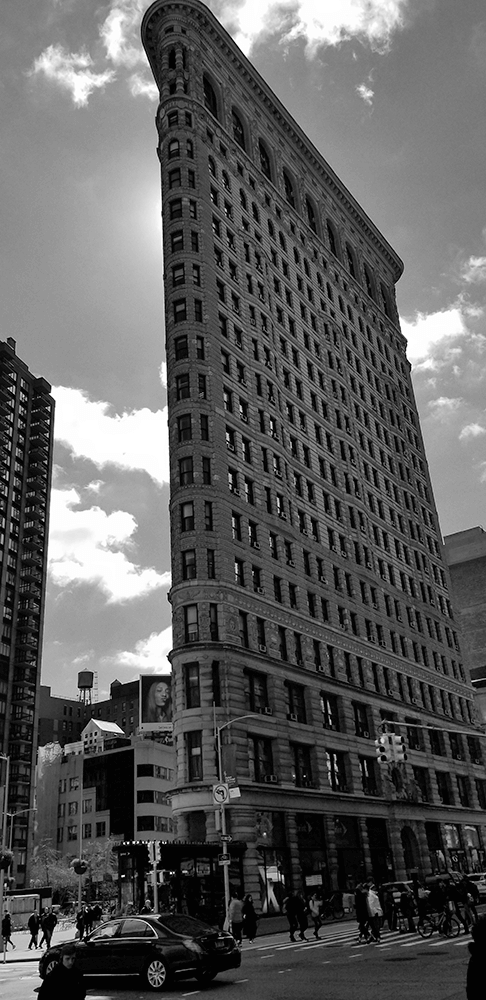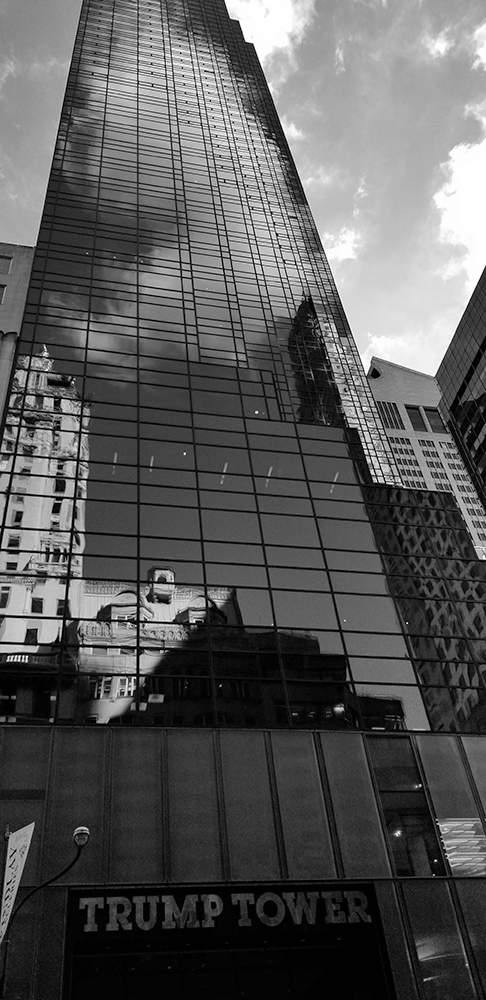Church
Meatpacking District and Chelsea
Church of the Ascension
Church of the Ascension: Eine ausführliche Beschreibung Die Church of the Ascension ist eine der bedeutendsten anglikanischen Kirchen in New York City und ein herausragendes Beispiel für die gotische Architektur des 19. Jahrhunderts. Sie befindet sich im Stadtteil Greenwich Village und ist sowohl ein spirituelles Zentrum als auch ein kulturelles Wahrzeichen. Geschichte und Hintergrund Gründung: Die Church of the Ascension wurde im Jahr 1892 gegründet und ist Teil der Episkopalkirche, die zur anglikanischen Gemeinschaft gehört. Die Kirche wurde als Antwort auf das wachsende Bedürfnis nach einem Gottesdienstort in der damals aufstrebenden Nachbarschaft von Greenwich Village errichtet. Architektur: Das Gebäude wurde von dem renommierten Architekten Richard Upjohn entworfen, der für seine Fähigkeit bekannt war, traditionelle gotische Elemente mit modernen Anforderungen zu verbinden. Die Kirche ist ein hervorragendes Beispiel für die „Gothic Revival“-Architektur und zeichnet sich durch ihre hohen Gewölbe, filigranen Fenster und beeindruckenden Steinmetzarbeiten aus. Architektur und Design Äußere Merkmale: Die Fassade der Church of the Ascension ist aus braunem Sandstein gefertigt und zeigt zahlreiche gotische Details, darunter Spitzbögen und reich verzierte Eingänge. Der hohe Glockenturm ist ein markantes Merkmal, das die Skyline von Greenwich Village prägt. Innengestaltung: Im Inneren besticht die Kirche durch ihre lichtdurchfluteten Buntglasfenster, die Szenen aus dem Leben Christi und der Heiligen darstellen. Diese Fenster wurden von verschiedenen Künstlern geschaffen und tragen zur spirituellen Atmosphäre des Raumes bei. Altar und Ausstattung: Der Hauptaltar ist kunstvoll gestaltet und wird von einem beeindruckenden Retabel flankiert. Die Holzarbeiten und die liturgischen Geräte sind sorgfältig ausgewählt und spiegeln die Tradition und Geschichte der anglikanischen Kirche wider. Gemeindeleben und Aktivitäten Gottesdienste: Die Church of the Ascension bietet regelmäßige Gottesdienste an, die sowohl traditionelle anglikanische Liturgien als auch modernere Formen des Gottesdienstes umfassen. Die Gemeinde ist bekannt für ihre herzliche Gastfreundschaft und die Einbeziehung von Menschen aller Altersgruppen. Bildungsangebote: Neben den Gottesdiensten bietet die Kirche verschiedene Bildungsprogramme an, darunter Bibelstudien, Vorträge und Workshops, die darauf abzielen, das spirituelle Wachstum der Gemeindemitglieder zu fördern. Kulturelle Veranstaltungen: Die Church of the Ascension ist auch ein Ort für kulturelle Veranstaltungen, darunter Konzerte, Kunstausstellungen und Lesungen. Diese Aktivitäten tragen zur Bereicherung des kulturellen Lebens in Greenwich Village bei. Bedeutung und Einfluss Spirituelles Zentrum: Die Church of the Ascension spielt eine wichtige Rolle im Leben der Gemeinde und bietet einen Ort der Anbetung, des Gebets und der Gemeinschaft. Viele Menschen finden hier Trost und Unterstützung in schwierigen Zeiten. Architektonisches Erbe: Als eines der wenigen erhaltenen Beispiele gotischer Kirchenarchitektur in New York ist die Church of the Ascension ein wichtiges kulturelles Erbe. Sie zieht nicht nur Gläubige an, sondern auch Architektur- und Geschichtsinteressierte. Touristische Attraktion: Die Kirche ist auch ein beliebtes Ziel für Touristen, die die Schönheit der Architektur und die ruhige Atmosphäre erleben möchten. Führungen werden angeboten, um den Besuchern die Geschichte und die Besonderheiten des Gebäudes näherzubringen. Die Church of the Ascension ist mehr als nur ein Ort der Anbetung; sie ist ein kulturelles und architektonisches Juwel in New York City. Mit ihrer reichen Geschichte, beeindruckenden Architektur und lebendigen Gemeinde ist sie ein bedeutender Teil des Lebens in Greenwich Village. Ob Sie auf der Suche nach spiritueller Erfüllung, kultureller Inspiration oder einfach nur einem Ort der Ruhe sind, die Church of the Ascension bietet all dies und mehr. Ein Besuch hier ist nicht nur eine Reise in die Vergangenheit, sondern auch eine Einladung, Teil einer lebendigen Gemeinschaft zu werden, die Tradition und Moderne miteinander verbindet.
1 2 NYCGO 3 4




